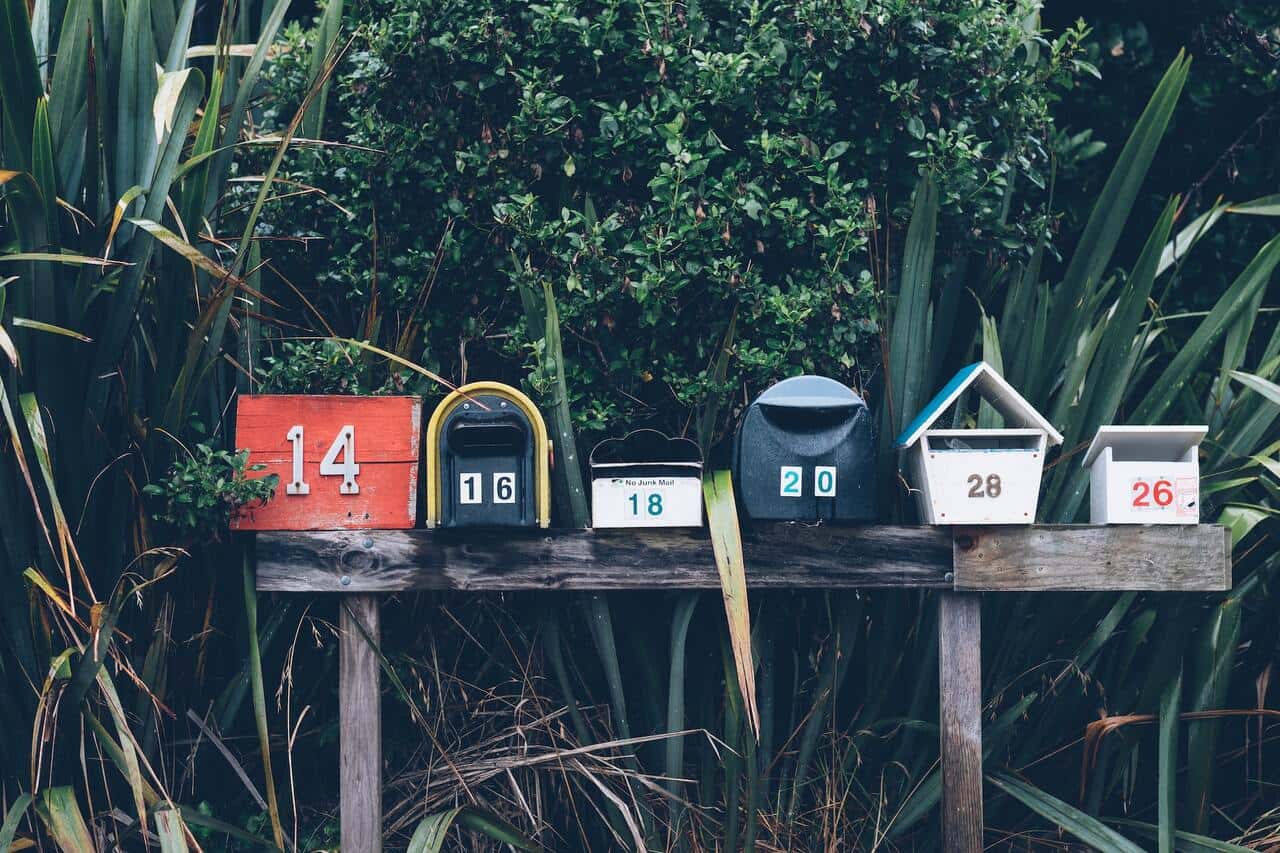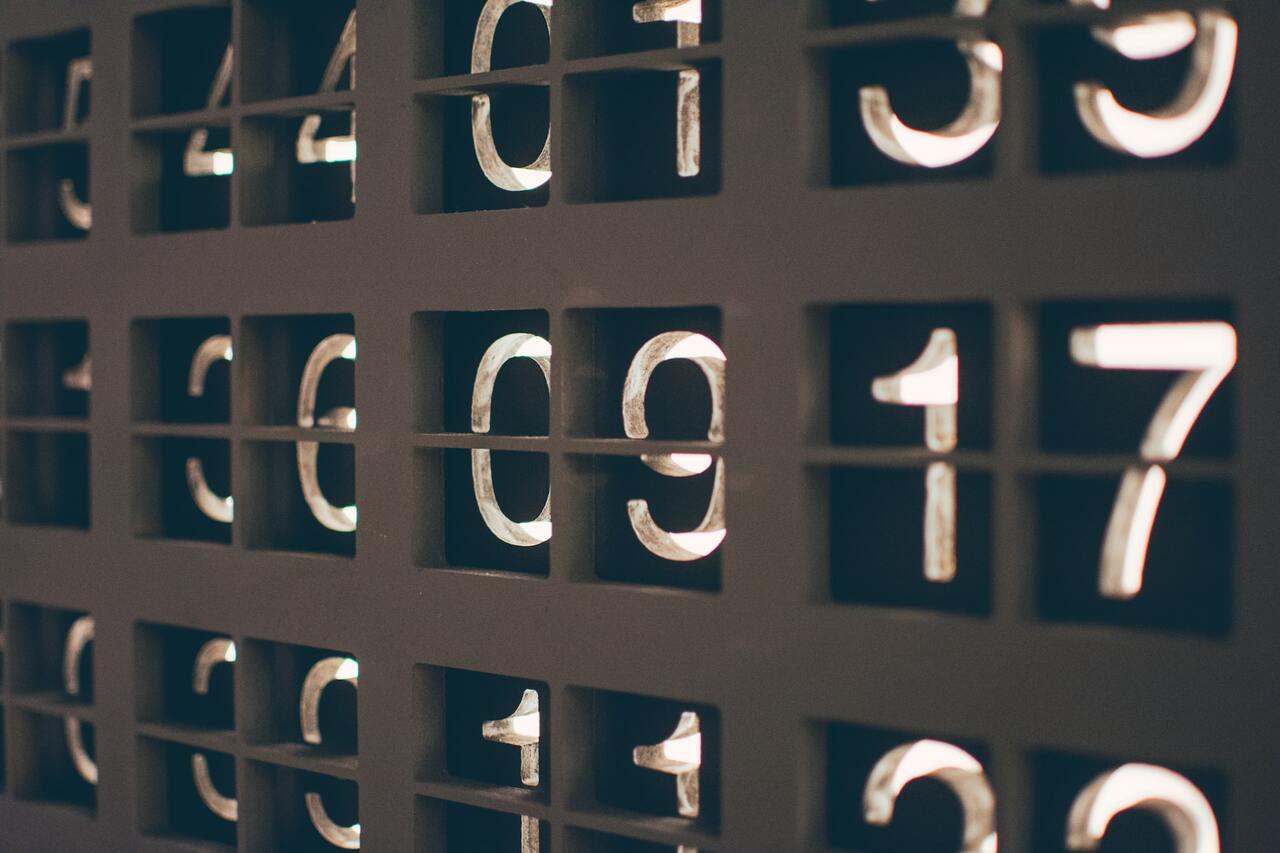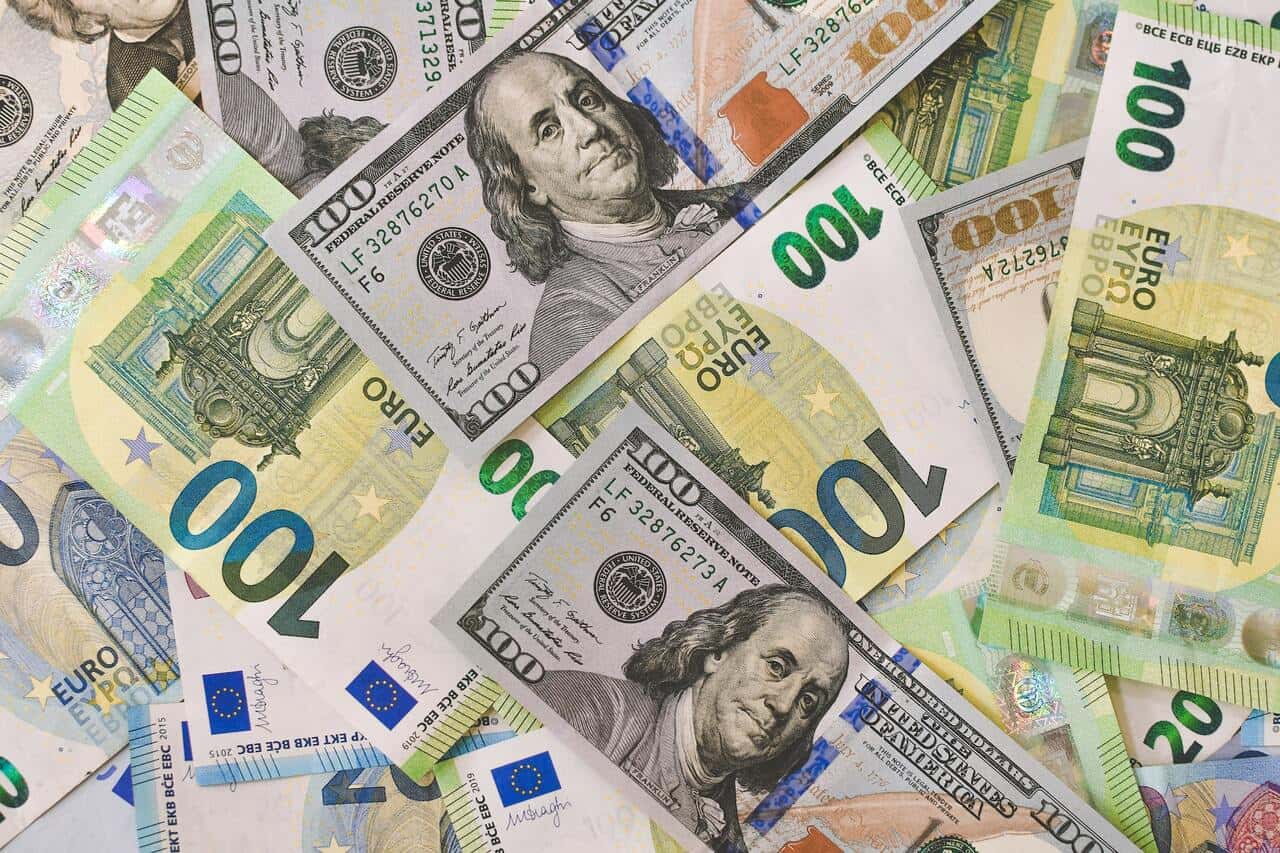
Spanish Numbers: Counting in Spanish from 1-100
DATE:
Numbers are everywhere—from the time on your clock to the number of steps you’ve taken today. But how about in Spanish? Mastering numbers 1-100 in Spanish is one of the first steps in becoming comfortable with the language, and it’s easier than you might think. These numbers aren’t just useful for counting; they’re essential for understanding prices, dates, ages, and more.
Imagine visiting a Spanish-speaking country and needing to ask for directions, tell the time, or even just count out change. Knowing these numbers gives you a solid foundation and boosts your confidence in everyday conversations.
So, let’s dive into the world of Spanish numbers and make counting from 1 to 100 a breeze.
Cardinal Numbers In Spanish
So when we think of Spanish numbers, there are actually two major types. You have ordinal and cardinal numbers. Ordinal numbers are the adjective form, but cardinal numbers are just used to represent quantities.
Maybe that sounds a bit too complicated? Let’s look a quick chart and you’ll see just how easy this is:
|
Spanish Cardinal Number |
Spanish Ordinal Number |
|---|---|
|
Uno (One) |
Primero (First) |
|
Dos (Two) |
Segundo (Second) |
|
Tres (Three) |
Tercero (Third) |
Even though the names of these number categories sound a little complicated – it’s not difficult at all to understand. In today’s article, we’ll be going over everything you need to know about the cardinal numbers.
Want to master the other set of numbers too? Check out our guide on how to learn the Ordinal Numbers in Spanish.
Spanish Numbers 1 – 100
When it comes to counting all of the Spanish numbers, the most difficult part is definitely the first thirty. Afterwards, they start to get considerably easier.
The easiest way to learn all of the cardinal Spanish numbers is in sections, so let’s look at them in groups of 10.
Spanish Numbers 1 – 10
- 1 – uno
- 2 – dos
- 3 – tres
- 4 – cuatro
- 5 – cinco
- 6 – seis
- 7 – siete
- 8 – ocho
- 9 – nueve
- 10 – diez
You might even be familiar with a lot of these. It’s important to remember the base ten numbers, as we’ll be using them to form all of the other numbers from here on out. Practice saying them aloud if you want to memorize them right away.
Spanish Numbers 11 – 20
- 11 – once
- 12 – doce
- 13 – trece
- 14 – catorce
- 15 – quince
- 16 – dieciséis
- 17 – diecisiete
- 18 – dieciocho
- 19 – diecinueve
- 20 – veinte
From eleven to fifteen, the numbers are completely irregular still, so you just need to memorize them, as well. But the good news is that sixteen to nineteen starts to use a pattern.
Do you understand the pattern? It comes from diez y … As in, ten and …

Spanish Numbers 21 – 30
- 21 – veintiuno
- 22 – veintidós
- 23 – veintitrés
- 24 – veinticuatro
- 25 – veinticinco
- 26 – veintiséis
- 27 – veintisiete
- 28 – veintiocho
- 29 – veintinueve
- 30 – treinta
What’s important to know about this set of numbers is the fact that they’re written as one word. This is why all the Spanish numbers are irregular up until we get to thirty and above.
So if you ever need to write out the numbers, make sure to come back and pay attention to this chart. And don’t forget the accent marks!
Need to review accent mark rules? Check out our guide on how to master accent marks in Spanish.
Spanish Numbers 31 – 40
- 31 – treinta y uno
- 32 – treinta y dos
- 33 – treinta y tres
- 34 – treinta y cuatro
- 35 – treinta y cinco
- 36 – treinta y seis
- 37 – treinta y siete
- 38 – treinta y ocho
- 39 – treinta y nueve
- 40 – cuarenta
Congratulations! You’ve made it to the easier sections. The first thirty numbers were undoubtedly the most difficult ones, so it should be a lot easier from here on out.
Starting at number 30, we’ll combine the base ten with the single digit. It’s a pretty simple structure that we’ll use from here on out. We just use thirty and one, thirty and two, etc.
Pretty simple, right? Let’s move on to the next ten.
Spanish Numbers 41 – 50
- 41 – cuarenta y uno
- 42 – cuarenta y dos
- 43 – cuarenta y tres
- 44 – cuarenta y cuatro
- 45 – cuarenta y cinco
- 46 – cuarenta y seis
- 47 – cuarenta y siete
- 48 – cuarenta y ocho
- 49 – cuarenta y nueve
- 50 – cincuenta
QUICK NOTE…
Make sure you spell the base forties with a letter C in Spanish. Since we say “Quarter” in English – this is a common mistake!
Spanish Numbers 51 – 60
- 51 – cincuenta y uno
- 52 – cincuenta y dos
- 53 – cincuenta y tres
- 54 – cincuenta y cuatro
- 55 – cincuenta y cinco
- 56 – cincuenta y seis
- 57 – cincuenta y siete
- 58 – cincuenta y ocho
- 59 – cincuenta y nueve
- 60 – sesenta
Spanish Numbers 61 – 70
- 61 – sesenta y uno
- 62 – sesenta y dos
- 63 – sesenta y tres
- 64 – sesenta y cuatro
- 65 – sesenta y cinco
- 66 – sesenta y seis
- 67 – sesenta y siete
- 68 – sesenta y ocho
- 69 – sesenta y nueve
- 70 – setenta
Spanish Numbers 71 – 80
- 71 – setenta y uno
- 72 – setenta y dos
- 73 – setenta y tres
- 74 – setenta y cuatro
- 75 – setenta y cinco
- 76 – setenta y seis
- 77 – setenta y siete
- 78 – setenta y ocho
- 79 – setenta y nueve
- 80 – ochenta
Admittedly, these last two groups tend to cause a bit of confusion for English speakers as well. Maybe it’s because they’re only one letter different, but sesenta and setenta are definitely troublemakers.
You’ll have the most amount of trouble when it comes to hearing and pronouncing the difference in these two sets. So practice now before you even have time to get confused!
Spanish Numbers 81 – 90
- 81 – ochenta y uno
- 82 – ochenta y dos
- 83 – ochenta y tres
- 84 – ochenta y cuatro
- 85 – ochenta y cinco
- 86 – ochenta y seis
- 87 – ochenta y siete
- 88 – ochenta y ocho
- 89 – ochenta y nueve
- 90 – noventa
Spanish Numbers 91 – 100
- 91 – noventa y uno
- 92 – noventa y dos
- 93 – noventa y tres
- 94 – noventa y cuatro
- 95 – noventa y cinco
- 96 – noventa y seis
- 99 – noventa y siete
- 98 – noventa y ocho
- 99 – noventa y nueve
- 100 – cien
And there you have it! All of the Spanish numbers 1 – 100, without any problems at all! Now you should be 100% prepared to give someone your phone number in Spanish.
When people tell you their phone number, they’ll often say it tens since many countries use sets of 2. For example, a Spaniard might tell you their phone number is treinta y cuatro, uno veinte tres, cuarenta y cinco, sesenta y siete, ochenta y nueve.
Though since we’ve come so far, we might as well keep going a little bit, right? You’re already on a roll, so let’s make sure you’re prepared to continue.
Spanish Numbers 100 – 1.000.000
Because the number 100 is cien. But after that, it starts to become irregular again. You’ll start to use ciento uno, ciento dos, ciento tres.
While the tens don’t change at all, there are three key irregularities to point out. Cien changes to ciento, there’s no y in the middle, and the multiple hundreds add an s to the end.
Let’s look at a few examples up to 1,000:
- 100 – cien
- 101 – ciento uno
- 102 – ciento dos
- 110 – ciento diez
- 113 – ciento trece
- 200 – doscientos
- 203 – doscientos tres
- 204 – doscientos cuatro
- 212 – doscientos doce
- 274 – doscientos setenta y cuatro
- 300 – trescientos
- 400 – cuatrocientos
- 500 – quinientos
- 600 – seiscientos
- 700 – setecientos
- 800 – ochocientos
- 900 – novecientos
You’ll also notice that the hundreds are separated from the tens. So it’s doscientos (space) cinco.
Now let’s move on to the thousands. One thousand is mil. And just like we did before, we’ll just add that to the beginning. So for example, we can have mil doscientos treinta y tres = 1.233.
Let’s see some examples:
- 1.000 – mil
- 1.011 – mil once
- 1.111 – mil ciento once
- 2.000 – dos mil
- 10.000 – diez mil
- 100.000 – cien mil
- 3.000.004 – tres millones cuatro
Once we move into a thousand, it continues to be a little irregular. Because even though the hundreds get pluralized, the thousands don’t.
In other words, we say tres mil, NOT tres miles. But we DO say tres cientos.
DID YOU KNOW…?
As aninteresting fact, Spanish uses periods and commas inversely as in English for numbers. So in Spanish, dos mil is written as 2.000 – although you’ll see prices written as 2,34$ to indicate cents.
Counting Money in Spanish

So now that you’ve finally learned how to count in Spanish, it’s time to quickly learn how to use those skills in practice.
Because let’s be honest – you’re not going to just be counting sheep. The most practical way to talk about cardinal numbers in Spanish is through money.
Here are a few things you need to learn when talking about money:
The dollar sign goes after the number
In Spanish, the currency symbol typically is printed at the end of the number. If you think about it, this makes sense because that’s when it’s pronounced in speech.
So we’ll say cuarenta y tres dólares (43$) or treinta y siete euros (37€).
It’s a very small change to keep in mind, but if you’re traveling to a Spanish-speaking country, this is definitely an important one to know!
Pronouncing amounts
Of course if you’re going to be traveling to a Spanish-speaking country, you need to know more than just how to say 100 in Spanish. You’ll also need to be prepared to hear what the cashier tells you.
Let’s say you go to the grocery store. The cashier might tell you the total a couple of different ways. They might say:
- Ocho cincuenta
- Ocho con cincuenta
Those are by far the two most common ways, but you might also hear people specify “cincuenta céntimos”.
If the number is larger than 10, most of the time they’ll use the form with “con”. So they’ll probably say “veintidós con cuarenta”.
DID YOU KNOW…?
By the way – most Spanish-speaking countries have the taxes included in the price tag! So you won’t have to do math in Spanish.
Now You Have Cien Reasons To Learn Spanish!
Counting to 100 in Spanish is no simple task! Sure, it might be one of the first steps you need to take, but it’s a big one, nonetheless!
So keep up the good work. Numbers are a tricky part of any language, so the best way to learn is to practice, practice, practice. If you’re ready to practice with us, go ahead and sign up for a free private class or a 7-day free trial of our group classes so you can really drill those numbers in!








